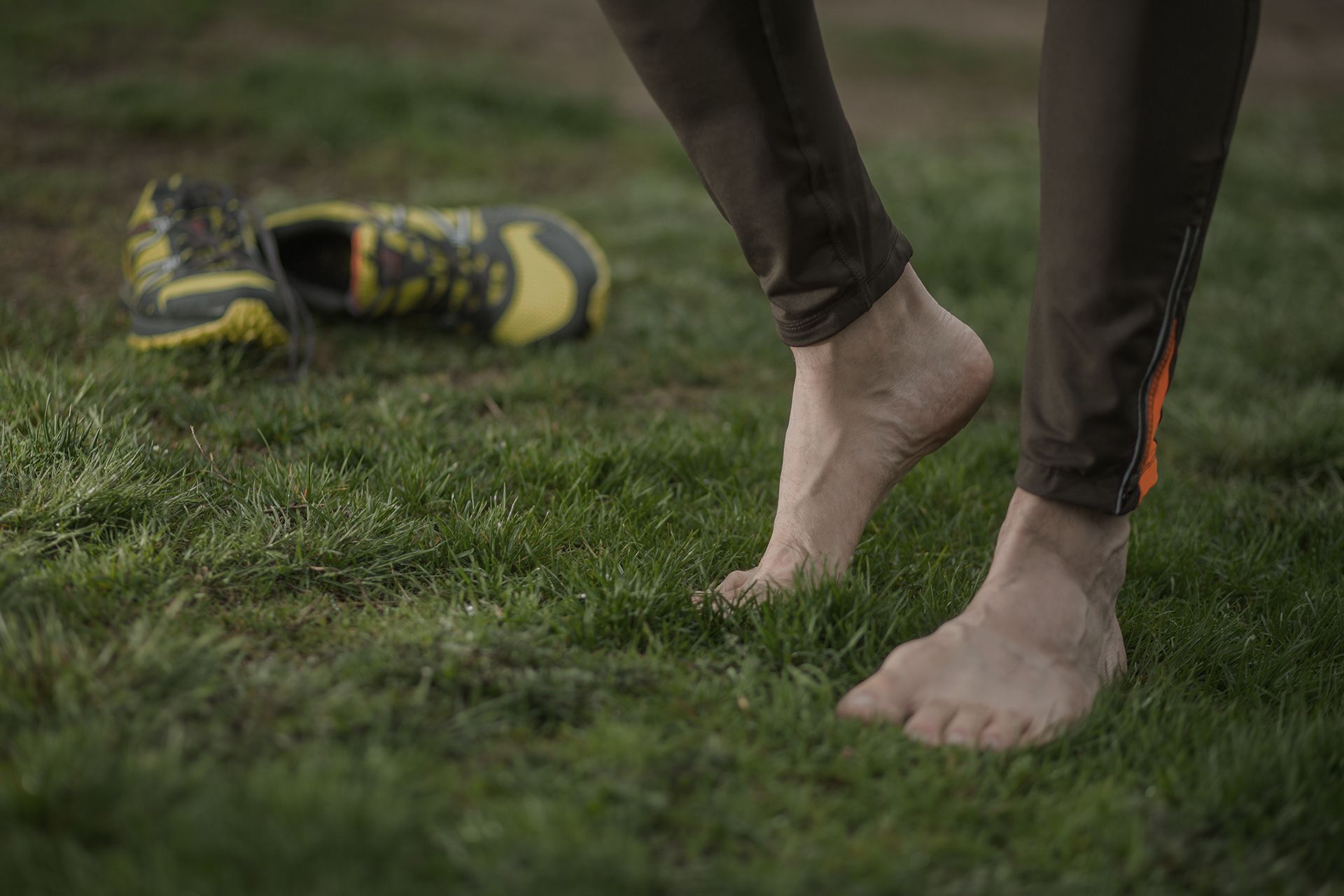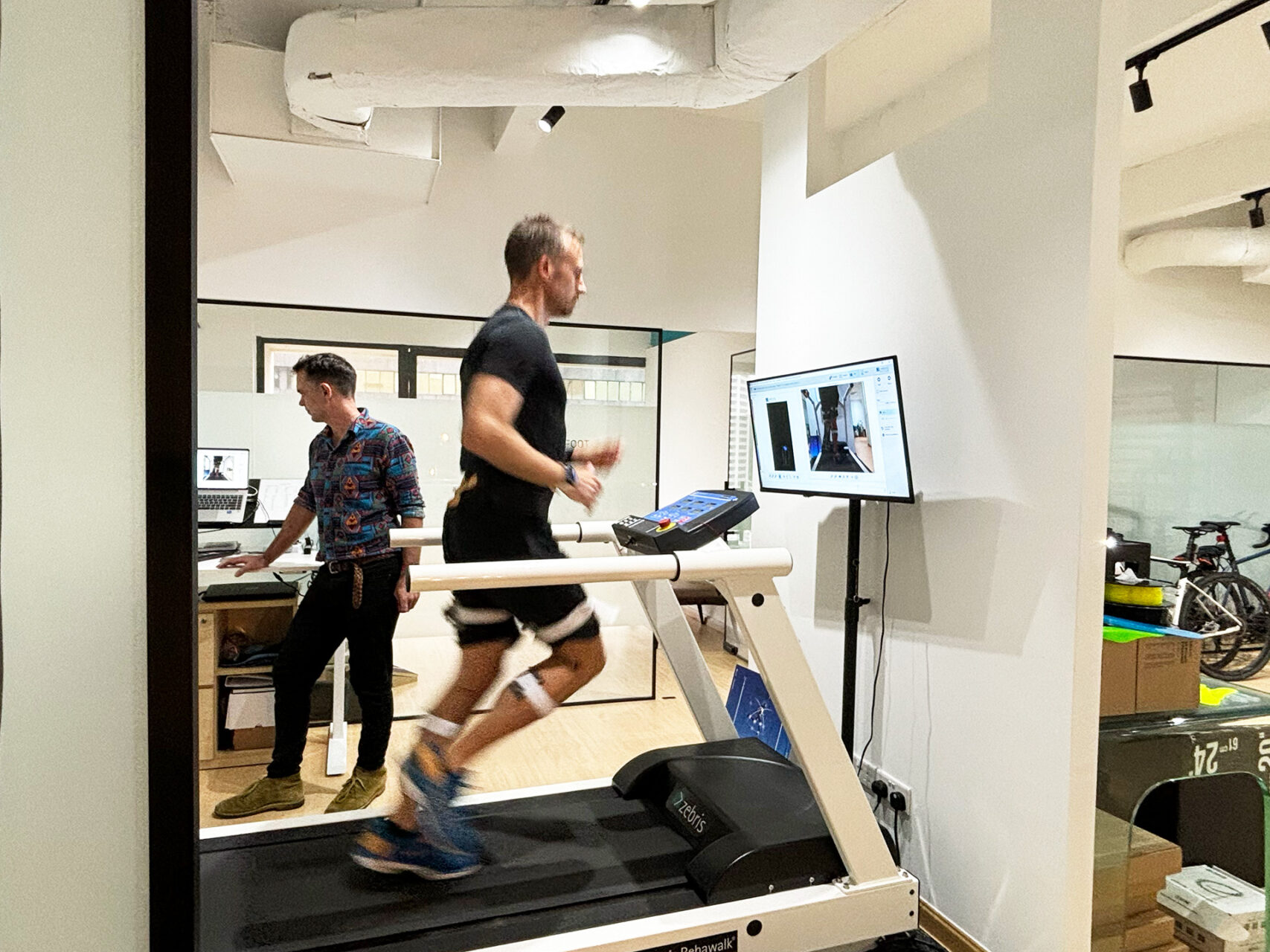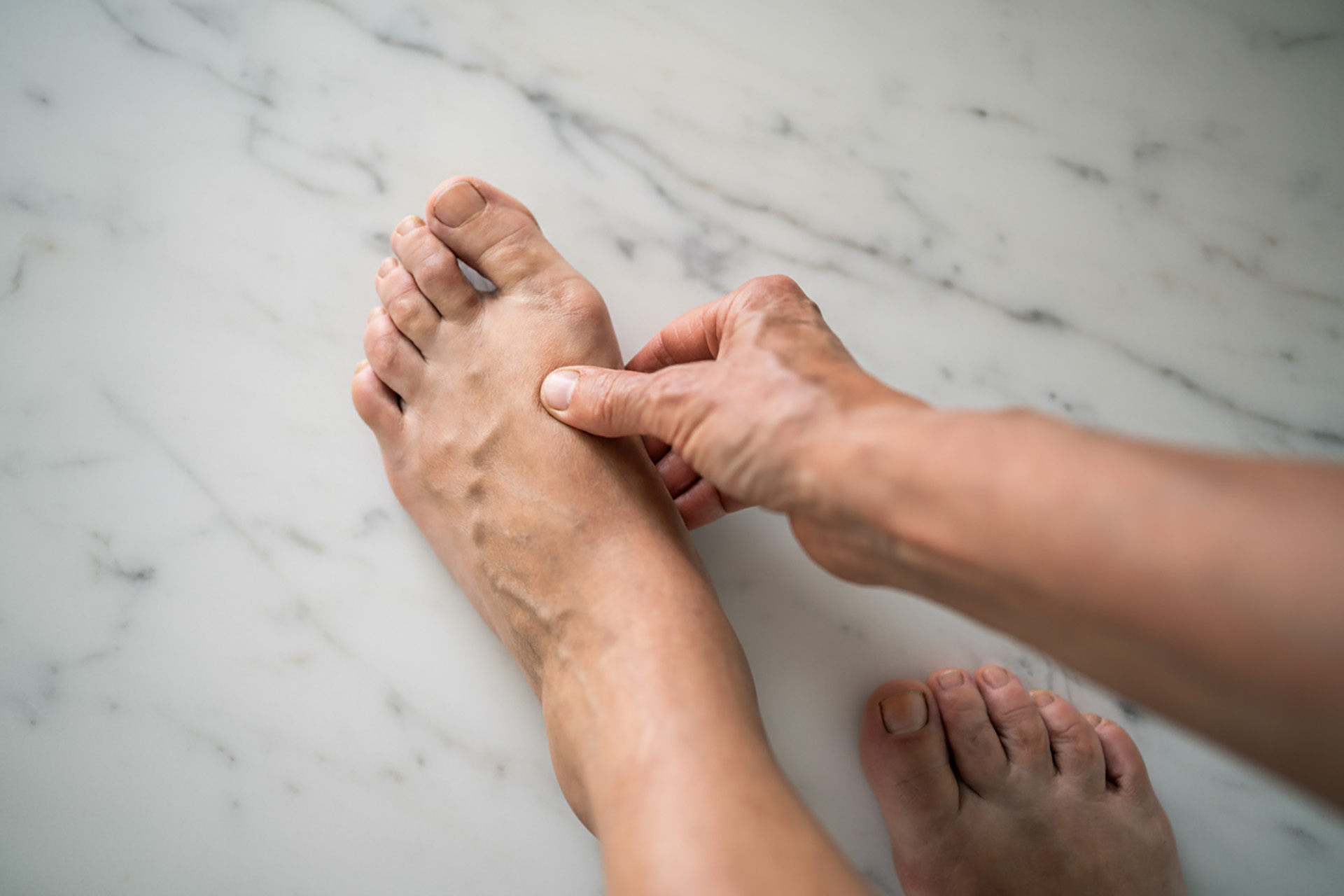I didn’t think so.
But if you find yourself struggling with this sort of pain, you could be suffering from plantar fasciitis.
Plantar fasciopathy is a blanket term to describe pain in the heel that’s caused by the overuse of the plantar fascia, a thick connective tissue that supports the arch on the bottom of your foot.
The plantar fasciitis treatments available used to be extremely limited, but in the last ten years great strides have been made as we’ve broadened our understanding of this condition.
8 Risk Factors and Causes of Plantar Fasciitis
It’s important to know when you’re most at risk of developing plantar fasciitis, so that you can take steps to prevent it:
- Age. Plantar fasciitis is most common between the ages of 35 and 60.
- Certain types of exercise. Activities — such as long-distance running, ballet dancing and dance aerobics —that place a lot of stress on your heel and the connective tissue can contribute to an earlier onset of plantar fasciitis.
- Faulty foot mechanics. Having a high arch will leave you more likely to have plantar fasciopathy than flat feet.
- Limited ankle movement. This will often lead to increased pressure being applied to the heel and reduce shock attenuation
- Fat pad reduction. In our heels, we have fatty padding, which if reduced will increase the pressure on our heels.
- Biomechanical changes. Having an abnormal pattern of walking can adversely affect the way weight is distributed when you’re standing and put added stress on the plantar fascia.
- Obesity. Excess pounds put extra stress on your plantar fascia and accounts for around 70% of cases.
- Occupations that keep you on your feet. Factory workers, teachers and others who spend most of their working hours walking or standing on hard surfaces can damage their plantar fascia.
The 5 Most Effective Non-Operative Treatments for Plantar Fasciitis
It has long been established and generally accepted that plantar fasciopathy responds well to non-operative management. Let’s run through them:
- Stretching – Stretching to increase the range of motion in your ankles can help reduce symptoms. This can be achieved by stretching the plantar regions, and numerous experts have recommended calf stretching.
- Strengthening – It has been said that “High-load strength training improves outcome in patients with plantar fasciopathy”, and although strengthening is often overlooked in favor of stretching, there is no reason why they cannot work together.
- Orthotics – Podiatric Surgeon Nirenberg stated, “If a muscle is strained or hurting, a properly chosen orthotic will do some of the muscle’s work for it, thereby reducing its workload and bringing relief.”
- Night Splints – Proven to be effective, Night Splints support the ankle in a neutral position overnight, while passively stretching the calf and plantar fascia during sleep.
- Injection Therapy – Corticosteroid injection has been shown to significantly reduce plantar fascia thickness as soon as two weeks after treatment.
If you’re suffering from plantar fasciitis, read more about heel pain, or find out more about our Foot Mobilisation services to reduce the inflammation and help to improve your range of motion to prevent futrure injuries.






